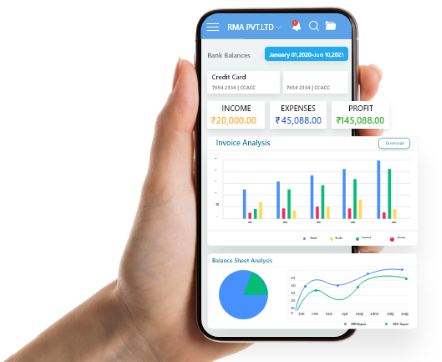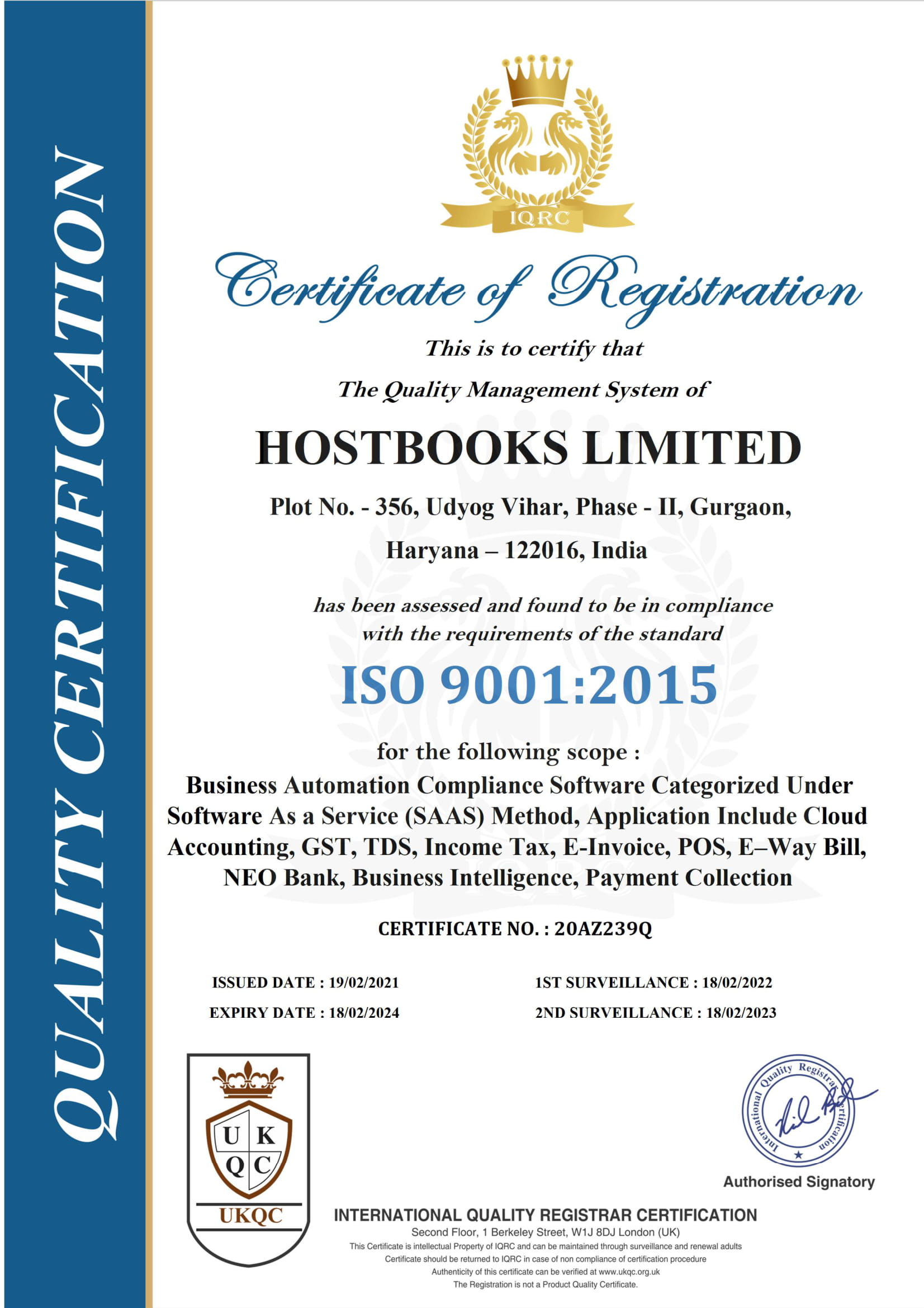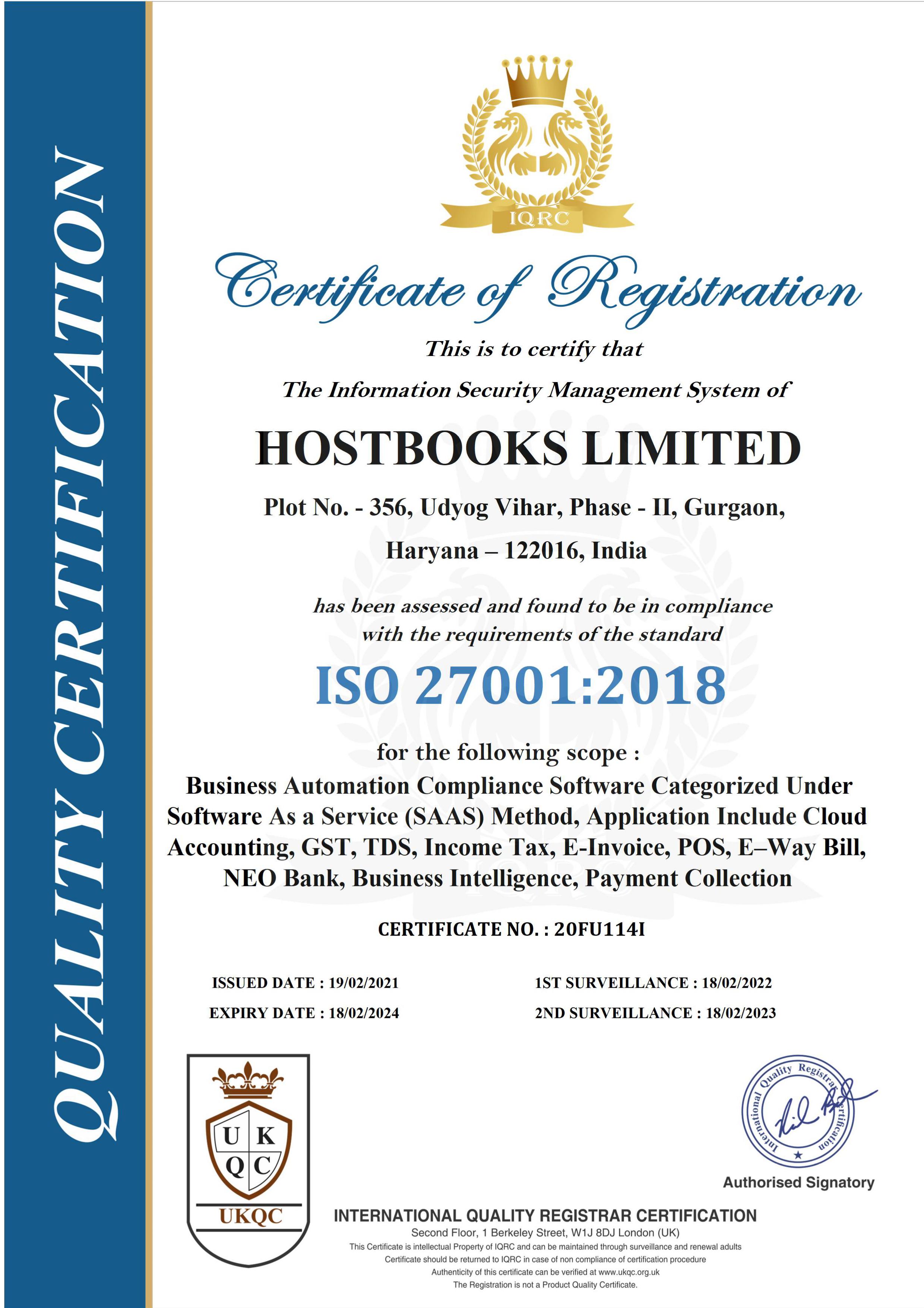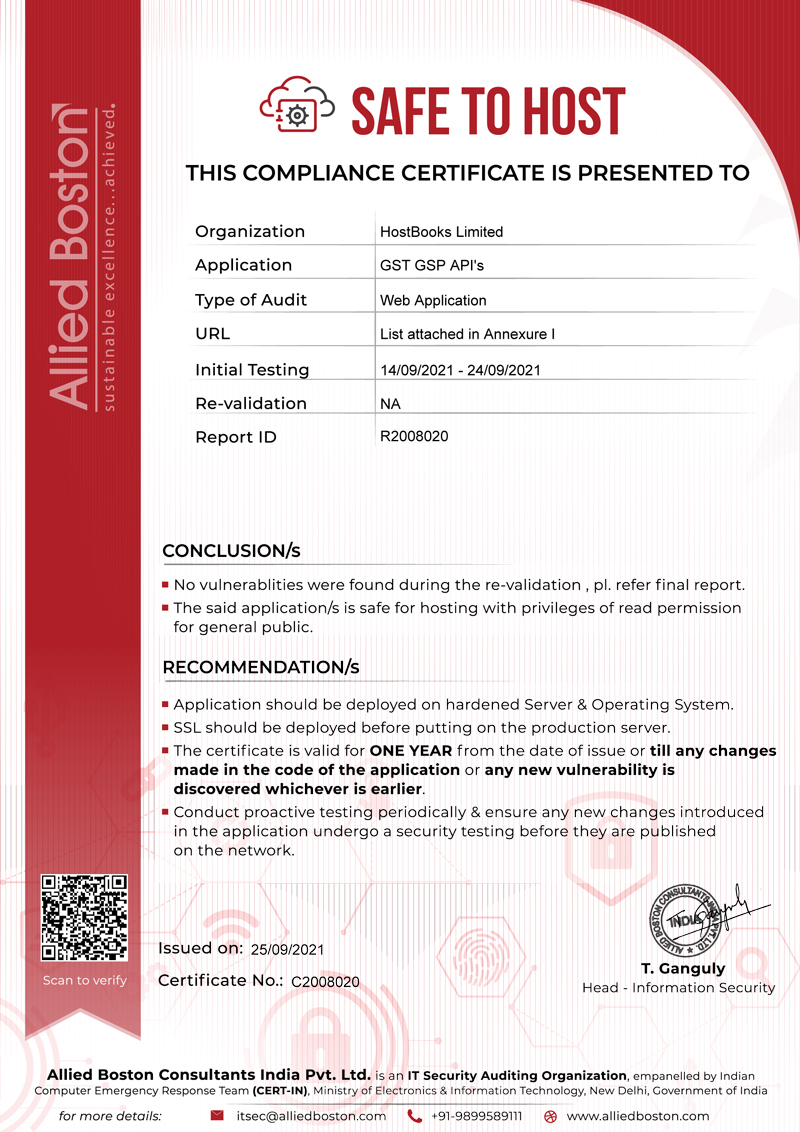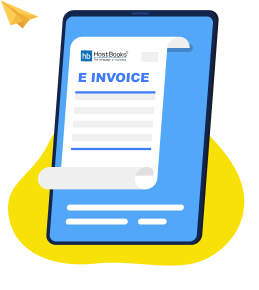Minimum Alternate Tax (MAT)
What is Minimum Alternate Tax?
As the name suggests, MAT is the minimum tax payable by the companies (including foreign companies) irrespective of their net profits as per the Companies Act, 2013. Before the introduction of MAT, there was a trend of reporting higher profits in books of accounts laid before its shareholders but for the purpose of payment of income tax, these companies were misusing the provisions of the Income Tax Act by deflating their taxable income.
How MAT stopped this malpractice?
Now the companies are required to pay higher of:
- Tax computed as per the normal provisions of the Income Tax Act; or
- 18.5% of book profits of the company as computed under section 115JB.
Applicability
MAT is applicable to all companies including foreign and government companies.
However, the provisions of the MAT are not applicable to a foreign company if:
- assessee is a resident of country or specified territory with which India has Double Tax Avoidance Agreement (DTAA) or Tax Information Exchange Agreement (TIEA); or
- assessee is a resident of a country with which India does not have Double Tax Avoidance Agreement (DTAA) or Tax Information Exchange Agreement (TIEA) and the assessee is not required to seek registration under any law for the time being in force in India.
Book Profit
The manner of computation of Book Profit is explained under section 115JB of the Act which specifies additions and deductions of specified items from the net profit of the company computed in accordance with the provisions of the Companies Act, 2013. Here is a list of the items which are allowed to be added and deducted from the net profit of the company:
Additions:
- Income Tax paid or payable (including provision) thereof;
- Amounts transferred to any reserve;
- Provisions made for meeting liabilities (other than ascertained liabilities);
- Provision for losses of subsidiary companies;
- Dividend paid or proposed;
- Expenditure relating to incomes exempt under section 10 other than section 10(38);
- Deferred tax;
- Expenditure relating to income by way of royalty of patent taxable under section 115BBF
Deductions:
- i) Amount withdrawn from reserves/provisions where such amount is credited to the profit and loss account;
- j) Income under section 10 other than section 10(38) where such amount is credited to statement of profit and loss;
- k) Brought forward loss or unabsorbed depreciation, whichever is less as per books of account;
- l) Profit of sick industrial company;
- m) Income as a share in the income of AOP/BOI;
- n) Income by way of royalty in respect of patent chargeable to tax under section 115BBF
MAT Credit
Whenever MAT computed in line with the above-mentioned provisions, is higher than tax computed as per the normal provisions of the Act then the company is entitled to the credit of such excess sum so paid by it. This MAT credit can be carried forward up to 15 assessment years and can be adjusted during the assessment years in which tax payable under the provisions of income tax is higher than tax computed on books profits.





